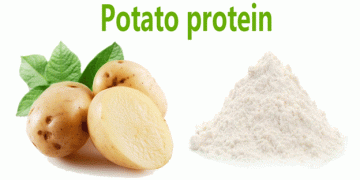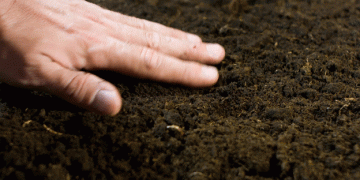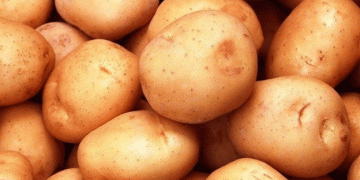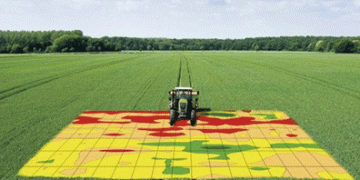Dingxi, located in China’s Gansu Province, has long been recognized as a prime potato-growing region, earning the title “Potato Capital of China.” With over 200 years of potato cultivation history, the city has evolved from using potatoes as a subsistence crop to becoming a critical player in both national and international markets. Dingxi has leveraged its unique climate—featuring significant day-night temperature differences and optimal growing conditions for potatoes—to enhance both quality and production scale.
In 2023, the total value of Dingxi’s potato industry reached an astounding 23.8 billion yuan (approximately $3.2 billion), underpinned by the city’s focus on a fully integrated potato supply chain. From seed production to advanced processing technologies and international marketing, Dingxi has built a comprehensive system that enhances the entire potato lifecycle.
Innovation at the Core: Seed Potatoes and Advanced Technologies
A major factor in Dingxi’s success lies in its research and development, particularly in seed potato production. Seed potatoes are often referred to as the “chip” of the potato industry due to their fundamental role in crop quality and yield. Dingxi has perfected the art of virus-free seed potato cultivation, making it the country’s largest supplier. The city’s advanced techniques, such as fogponics—a system where water mist enriched with nutrients feeds the roots—ensure healthier, faster-growing plants.
By collaborating with institutions such as the International Potato Center and China Agricultural University, Dingxi has become a research hub for high-quality seed production. With 36 seed potato production companies, the city boasts an annual output capacity of over 16 billion high-quality virus-free seeds. These seeds are not only supplied domestically but also exported to countries like Egypt, Saudi Arabia, and Turkey.
Standardization and Yield Optimization
To increase both yield and quality, Dingxi has adopted standardized cultivation methods across its 2.93 million acres of potato farms. By using water-saving technologies such as drip irrigation and water-fertilizer integration, farmers have improved yields by an average of 1,000 kilograms per acre while reducing water consumption by 40% and fertilizer use by 30%. In 2024, Dingxi’s potato planting area reached nearly 2.94 million acres, with 2.5 million acres under standardized cultivation, a testament to the efficiency of these modern practices.
Farmers are now reaping the rewards of these innovations. The shift from traditional to modern farming techniques has allowed them to increase their incomes while maintaining sustainability. In drought-prone regions like Dingxi’s An Ding District, the introduction of water management systems has made once-barren land fertile again, proving that innovation and sustainability can go hand-in-hand.
Expanding the Potato Product Portfolio
In addition to raw potatoes, Dingxi has capitalized on value-added products, particularly its famous “Dingxi wide noodles.” The noodles, made from high-quality potato starch, have gained both domestic and international recognition. Over 48 production lines across 42 factories churn out 8 million tons of noodles annually, contributing to a market valued at over 5 billion yuan ($685 million).
With further investments in advanced food processing, Dingxi has expanded its product line to include potato chips, cookies, and even beverages, turning the humble potato into a diverse array of high-value goods. The city’s food products are now exported to major markets like the United States, Japan, and Canada.
Dingxi’s success story illustrates how modern agricultural techniques, research, and industry integration can turn a regional specialty into a global powerhouse. By focusing on quality seed production, yield optimization, and value-added products, Dingxi has not only revolutionized its local economy but also set a benchmark for sustainable, high-tech agricultural practices. As China continues to modernize its agriculture sector, Dingxi stands as a model for other regions to follow, blending tradition with innovation for a brighter, more productive future.






